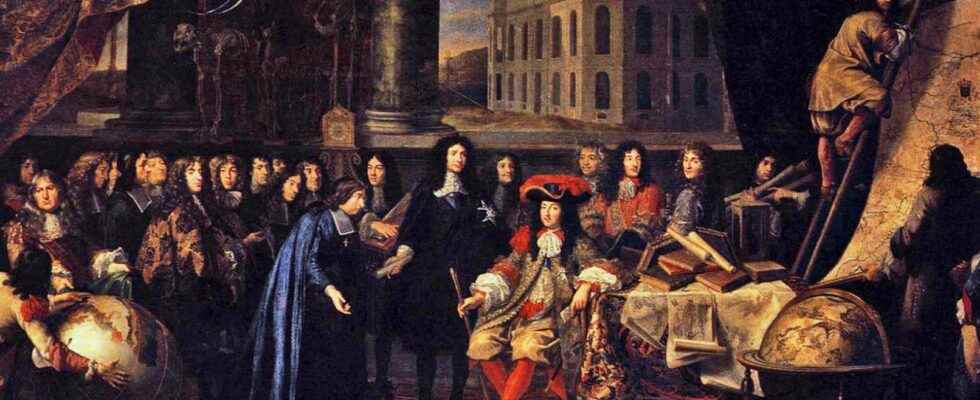After publishing his musical autobiography, astrophysicist Jean-Pierre Luminet resumed his writing as a historian-novelist of science to give us nine extraordinary and unusual stories of astronomers in the form of short stories.
This month of March 2022 sees the publication of the new book by Jean Pierre Luminet. This time he doesn’t dive in the quantum foam of spacetime and does not walk the paths leading from big Bang living or star piano. Nor are they historical novels about sky builders saga, but we are not far from it. This is a series of short stories that could almost be described as picaresque at times, if they were not about the romanticized but historically and scientifically well-documented adventures by Jean-Pierre Luminet of some of the main players in astronomy. between the Renaissance and the XXand century.
Those who know almostautobiography of the Nobel Prize Richard Feynmana great lover of dancers in topless bars that he sketched to improve his drawing skills while exploring the mysteries of the quantum theory of elementary particles (we recall that he married his first wife while she was condemned by the tuberculosis and that he could catch it too – his treatment had not yet been discovered – and that he supported his sister’s studies up to the doctorate at a time when women were dissuaded from studying science) will not fail to draw parallels in particular with one of the protagonists of Jean-Pierre Luminet’s short stories, namely Pierre Louis Moreau de Maupertuis.
Jean-Pierre Luminet presents his latest work Extraordinary and unusual stories of astronomers. © Ideas in Science
From Regiomontanus to Camille Flammarion via Halley and Le Verrier
Maupertuis is probably not well known and yet we owe him the famous principle of least action which is the basis of all equations fundamentals of modern physics and especially of the famous path integral of Richard Feynman which we cannot do without as well quantum gravity than when exploring the physics of the LHC. Feynman devotes moreover an entire lesson in his famous physics course principle of least action and the equally legendary physicist Russian Lev Landau made it the basis of almost all his courses in theoretical physics, from analytical mechanics to the classical field theory. In fact, it is inspired by the principle put forward by Maupertuis for the movement of particles of matter and its analogy with Fermat’s principle for geometric optics that Louis de Broglie will discover wave mechanics that will then develop, with his famous equation, Schrödinger.
But let’s go back a bit to Jean-Pierre Luminet’s book published by Buchet-Chastel and entitled Extraordinary and unusual stories of astronomers. It is presented as follows:
” Extravagant, whimsical, excessive, unconventional, temperamental… How could one not be when one navigates between the immensity of theuniversethe most arduous mathematical calculations, the desire for glory, the jealousy of colleagues, the threat of the dungeon or the stake?
From Regiomontanus assassinated in the Vatican to Edmund Halley moved by a marvelous observer of the sky, from the escapades of Maupertuis with pretty Lapps to the manuals bound in human skin by Camille Flammarion… Here are nine extraordinary and unusual stories in which you will discover how astronomers could behave like hotheads, daredevils going to the end of the world to confirm or invalidate a theory; others threw themselves into politics at the risk of mounting the scaffold, or confronted religious dogmas and their burnings.
Adventures alternating tragedy and comedy, violence and tenderness, but always with the aim of teaching in a pleasant way the long march of astronomers towards the unattainable truth of the universe. »
Interested in what you just read?
